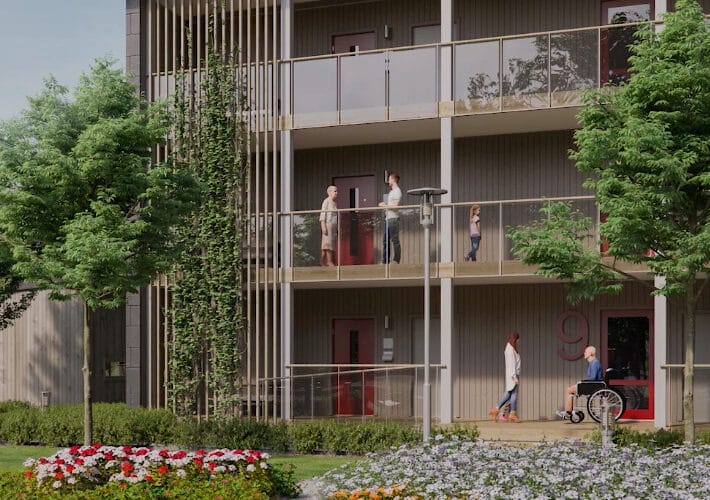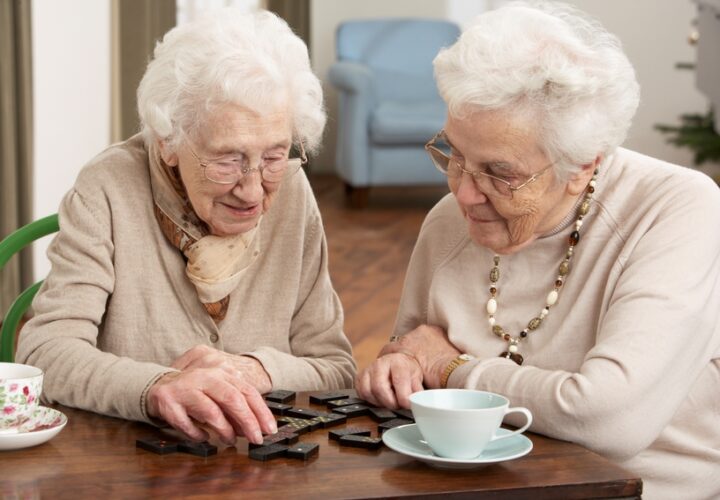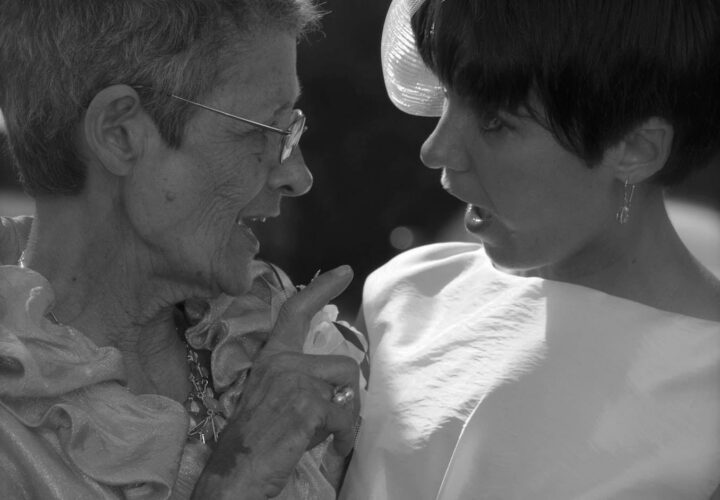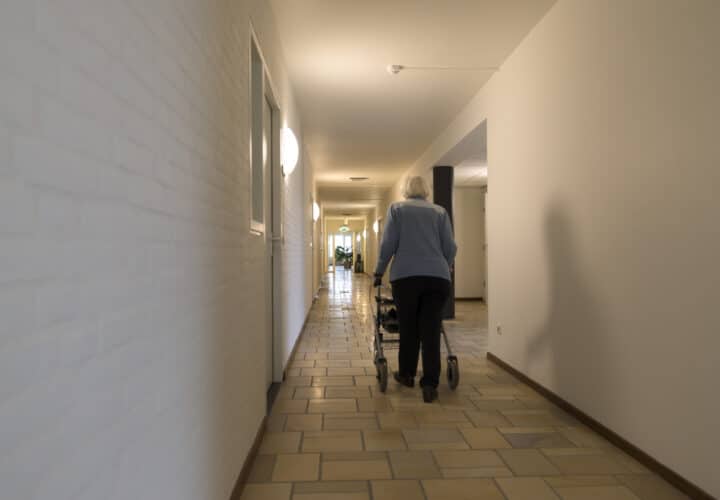What if homes were designed to support dementia patients and allow them to live independently for as long as possible?
An Alzheimer’s or dementia diagnosis can often be overwhelming, particularly when it comes to figuring out whether to have your loved one stay at home or move them to a care facility. Once someone is diagnosed with dementia or Alzheimer’s disease, they’ll likely either eventually need 24/7 care, or to be moved into a nursing home. But what if homes were designed to support dementia patients and allow them to live independently for as long as possible?
A new pilot project in Sweden is aiming to do just that. The project is called SilviaBo, and it involves a group of apartments that are designed to make living — and caregiving — with dementia a little easier.
In Sweden, like in the U.S. and the rest of the world, the population of people with Alzheimer’s and dementia is growing.
“In two decades every one in four Swedes will be over the age of 65,” Jerrie Kristiansson, commercial manager for SilviaBo, told Being Patient. “At that age, you need to start thinking about having the right home qualities if you want to be able to stay at your home as you get older, as sooner or later physical or mental frailties occur. We can be a part of the solution to this by supplying the market with attractive and accessible homes that can be adapted further to the home challenges of the elderly.”
Dementia, IKEA and the Queen of Sweden
The original idea of the project has some royal roots. It all started when the Queen of Sweden, Silvia Renate Sommerlath, had afternoon tea with the founder of furniture company IKEA, Ingvar Kamprad, in 2015.
Queen Silvia is known for her work in the dementia field. When her mother was diagnosed with the disease in the 1990s, she made it a goal to improve dementia education, understanding and care in Sweden. She started Stiftelsen Silviahemmet, a foundation that aims to improve the quality of life for people with dementia and their families.
During afternoon tea with the Queen, Kamprad asked her if there was anything specific she wanted to do in regards to improving dementia care.
“She said, ‘I want to build places so people can move and not have to be separated, if a spouse gets ill,’” Petra Tegman, Assistant Manager at Silviahemmet, told Being Patient. “Typically, one [spouse] has to move to a nursing home, and the other one can’t come with. But sometimes they want to move in together and that opportunity is really rare to find in Sweden. So that was the first goal for SilviaBo.”
Their conversation then moved to caregivers. What if the person with dementia was being taken care of during the daytime, at one of Sweden’s adult day care centers, so the person who wasn’t sick could have free time to take care of themselves?
“People are getting older and older,” Tegman said. “We need to start thinking about different ways of housing. So this could be a way for the family taking care of someone with a cognitive disease, to have support from us.”
The idea was to create houses that had safe design features to make life easy for dementia patients. They also had the idea to provide an adult daycare center across the street from the apartments, so it could be easy to bring a dementia patient from one to another. This would be one way to relieve families and caregivers from burnout and stress, and improve quality of life for their loved ones by allowing them to continue living independently for as long as possible.
Home design for dementia
IKEA and Skanska, a Swedish construction company, set to building the homes at a low cost.
“[SilviaBo put a lot of] thought into the environment — such as how we set the tables,” Tegman said. “We made adjustments from almost 100 different points of perspective.”
Some of the dementia-friendly features of the design include wide, even walkways outdoors and large signs for navigation. The kitchens come equipped with timed power sockets, handles with extra grip and extra counter space beside the fridge.
The bathroom’s floors are anti-slip, to help patients avoid falls, as well as filled with strong lighting and alarm buttons. There’s even an outdoor clubhouse and greenhouse for socializing.
“In terms of the houses, we have extra accessible and roomy elevators, with extra pronounced buttons,” Kristiansson said. “Automatic door openers are standard. We also have wide entrances and no or low thresholds for elevators and stairwell areas. There will be extra lighting in all common areas, signs that are extra visible and rain and wind shelter outside the apartment doors. All door handles will have extra grip, the locks are easy to use and there will be a park sofa just outside the door.”
Currently, SilviaBo doesn’t have an update on when residents can begin moving into the apartments. They noted that the legal process is moving slowly, but that they hope they’ll be able to open the houses soon.
In the meantime, Tegman hopes that this idea may become a common goal in the future to help support the aging population and improve their quality of life.
“All these adjustments are based on knowledge and research and it makes life easier [for the dementia patient and family],” Tegman said. “It may not stem progression of the disease, but it certainly makes life easier.”
Linda Freund produced the video and contributed to reporting in this article.






my good friend is a Swedish Citizen currently in the US and has Alzheimer’s. She is 67 and can not live on her own. She is in denial of her disease and visually impaired. How do I go about getting her placed in a memory unit in Sweden as well as transport her there